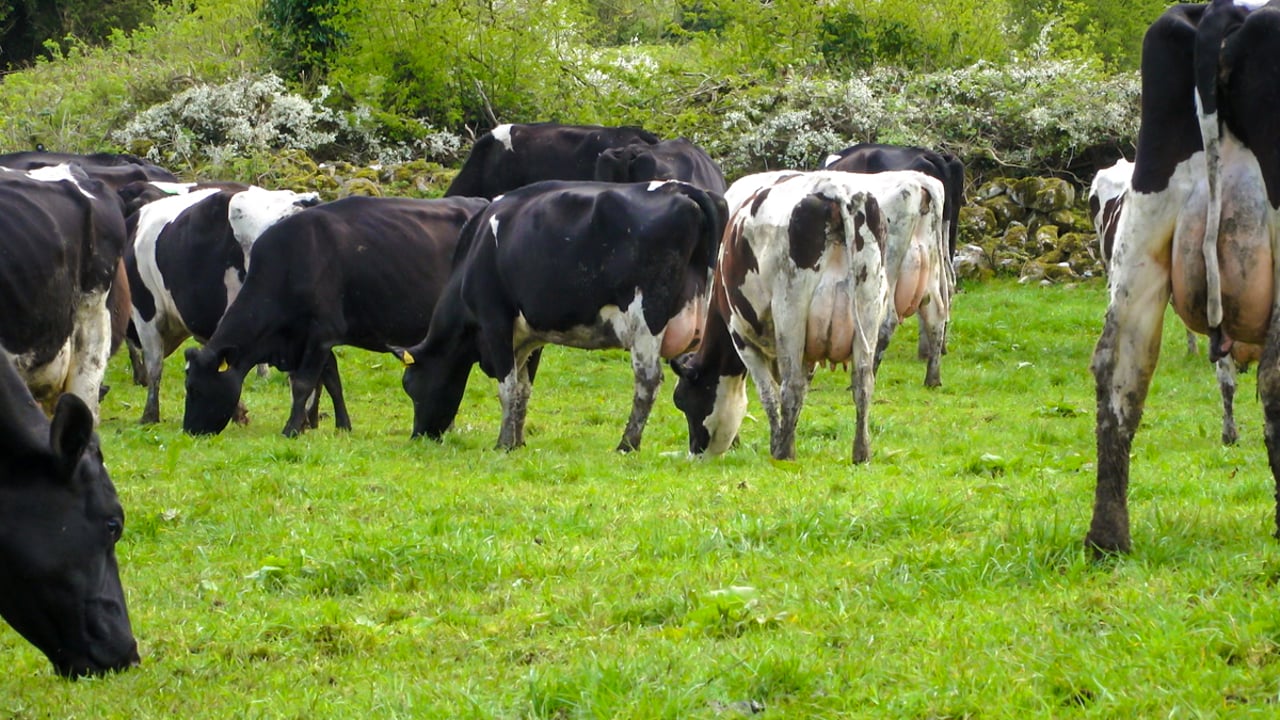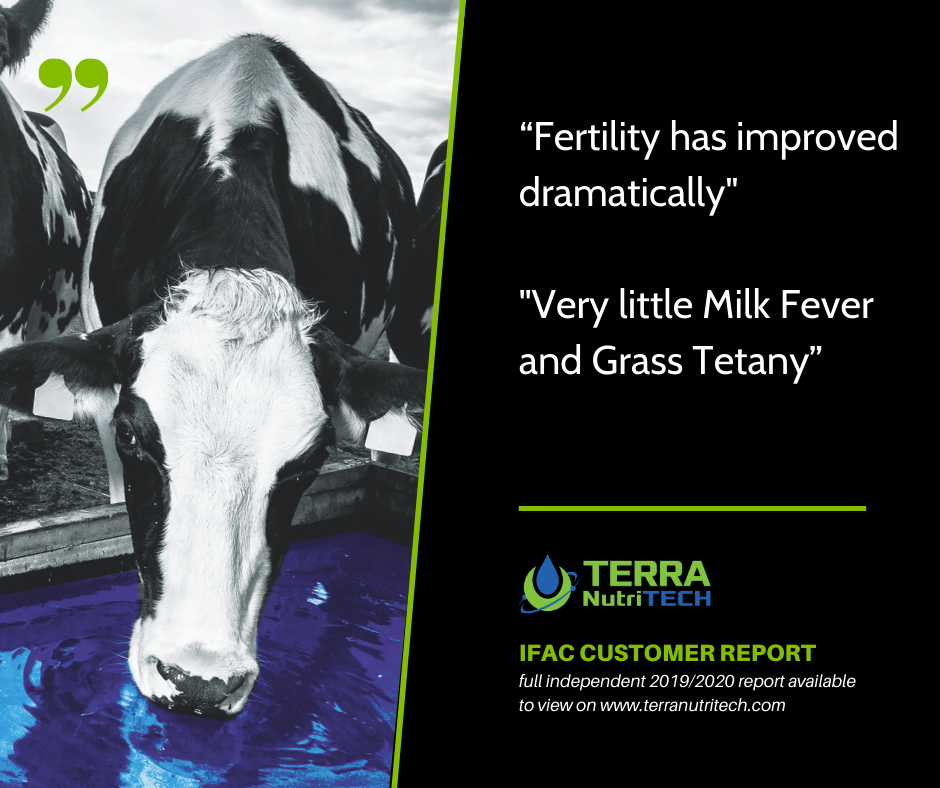Mineral Series


Mineral series: How to tackle grass tetany in dairy cows
Mineral Series in association with Terra NutriTECH
Hypomagnesemia is the technical term for what is more commonly known as grass tetany. It is characterised by a subnormal level of magnesium in the blood and is generally associated with grazing.
Typical symptoms of grass tetany are reduced milk yield (up to 15% loss of production), nervousness and muscular tremors.
In the acute form, the cow staggers around, froths at the mouth, collapses and dies.
Research shows that cows have low stores of magnesium in their bodies. Getting an adequate amount of magnesium is shown to have a positive effect on reducing grass tetany. While it’s evident that cows have magnesium in their bones, they can only mobilise this very slowly.
Cows are typically poor at absorbing magnesium which means they require daily intakes of magnesium. Lactating animals during this season have an increased requirement for magnesium also. Anything that affects the gut function or DMI (dry matter intake) can disrupt magnesium absorption.
What are the risks involved with grass tetany?
What are the causes of grass tetany?
The main causes of grass tetany are:
What treatment is available for tackling grass tetany?
It is recommended that a vet should administer magnesium sulphate in these cases.
How to prevent grass tetany?
We know cows need daily intakes and the spring season poses some increased risks. We need to ensure magnesium supplementation during this key risk period.
Supplementing dairy cows:
Terra NutriTECH recommends using magnesium through our OPIS or ORBVIE technologies, as accurate dispensing to ensure all animals get an even amount is vital during this period.
